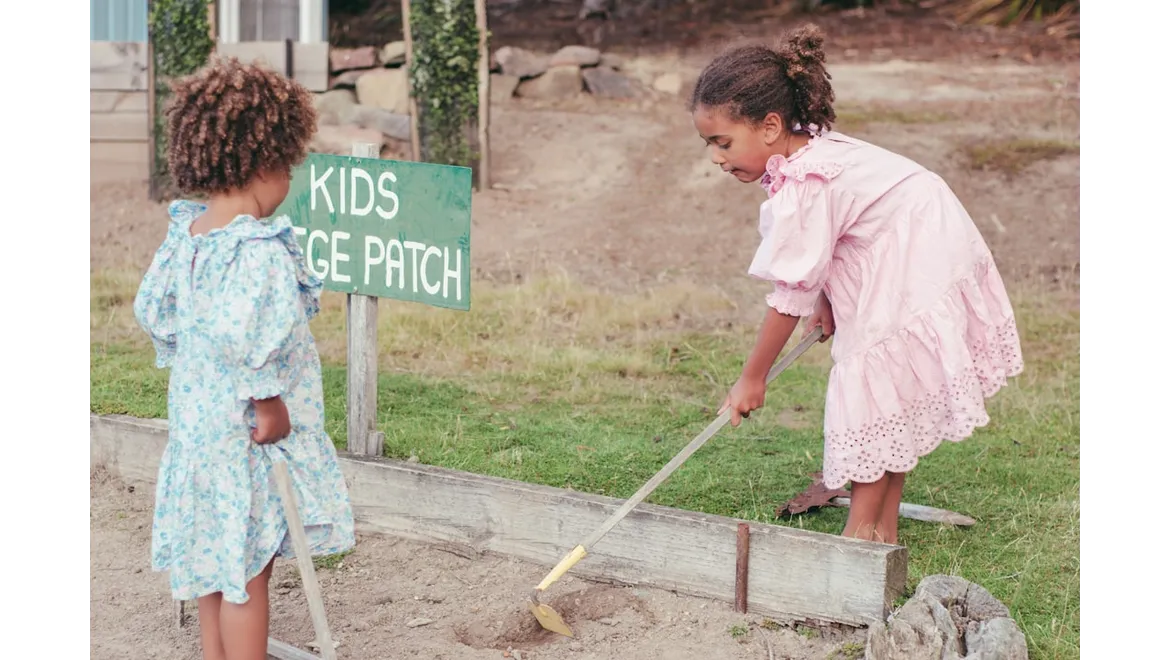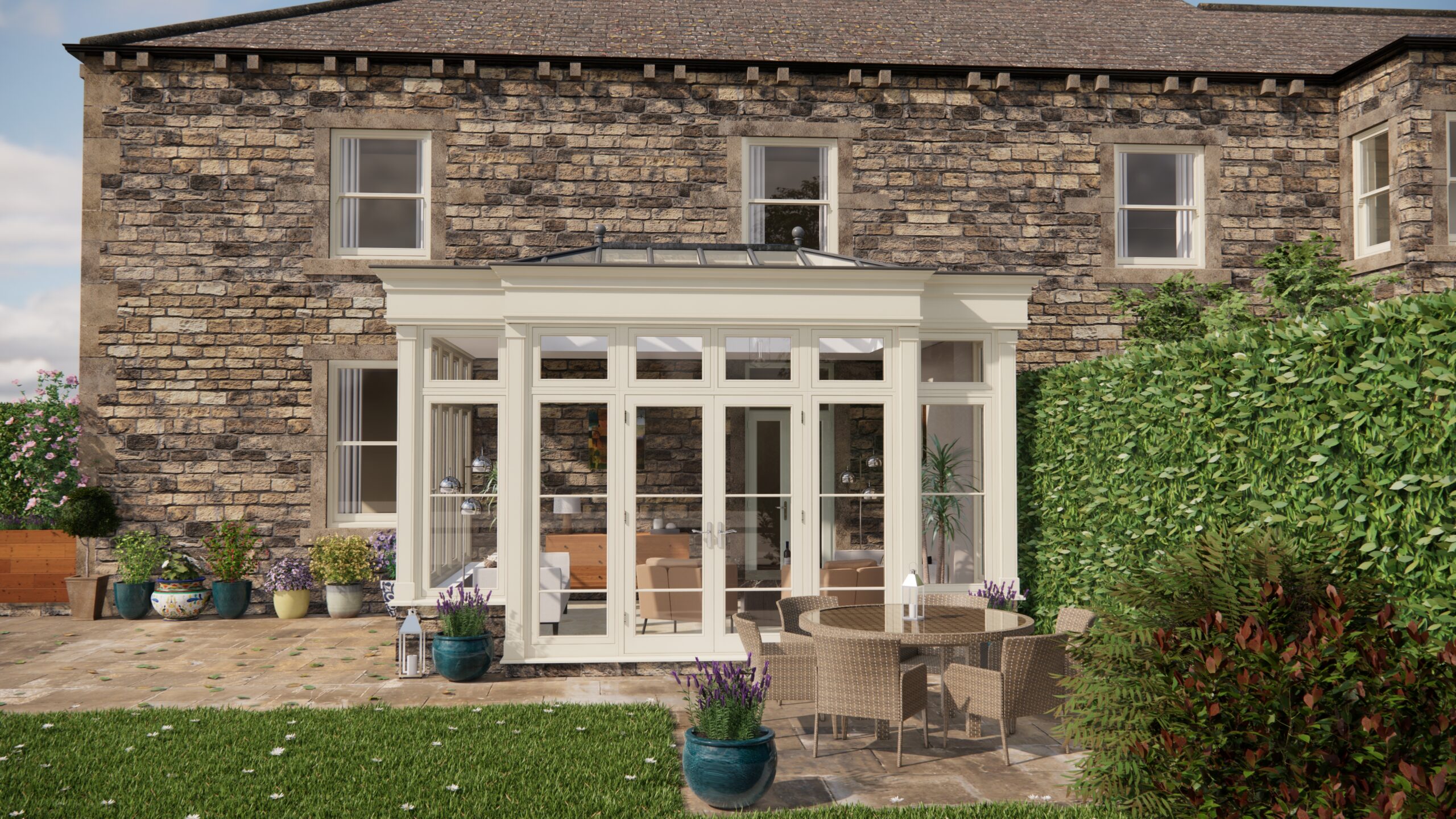Right, let’s talk tiny gardeners! I was chatting with my friend Matilda the other day – she’s a whizz with her indoor plants and has managed to get her kids completely hooked on gardening too. We were discussing articles about wellness and making the most of your home space, you know, those ones about yoga and relaxation. It got us onto the topic of indoor gardening, specifically how brilliant it is for kids. Forget screen time; let’s get those little hands dirty!
Matilda was saying how incorporating gardening into their lives has been a game-changer. And it fits perfectly into making the home a space for wellness. Think about it: a bright, green indoor garden not only looks fantastic, especially if you have a space like an orangery, but it also brings a sense of calm and connection to nature right into your living room. It’s kind of like a natural extension of the calming atmosphere we try to create for yoga or meditation.
Why Indoor Gardening with Kids is a Winner
So, why is it so great? Well, Matilda reeled off a whole list. First off, it’s educational. Kids learn about where their food comes from, the life cycle of plants, and basic science concepts without even realising they’re learning! It’s also fantastic for developing responsibility. Watering, weeding, and generally caring for a plant teaches them about commitment and the importance of nurturing. Plus, it’s a great sensory experience. Feeling the soil, smelling the herbs, watching things grow – it engages all their senses. And, arguably most importantly, it encourages healthy eating. When they’ve grown their own tomatoes or lettuce, they’re far more likely to want to eat them! Matilda’s kids are much more adventurous eaters since they started helping in the garden.
Age-Appropriate Gardening Fun
Now, you might be thinking, ‘Great idea, but where do I start?’. Don’t worry, Matilda has some excellent advice. The key is to make it age-appropriate and, above all, fun!
-
Toddlers (2-4 years): Start simple. Planting large seeds like beans or sunflowers in clear plastic cups is a winner. They can see the roots grow! Let them help with watering (with supervision, of course!) and talk about what the plants need. Matilda suggests letting them decorate the pots with stickers or paint.
-
Preschoolers (4-6 years): They can handle more complex tasks. Try planting herbs like mint or basil in small pots. These are quick to grow and smell amazing. Let them help with repotting and weeding. Matilda recommends creating a ‘fairy garden’ with small plants and miniature decorations – her kids love this!
-
School-aged children (7+ years): Get them involved in planning the garden. Let them choose what to grow and research how to care for it. They can also help with more challenging tasks like transplanting seedlings and monitoring plant growth. Matilda’s eldest is now in charge of watering and fertilising their tomato plants.
Creating a Fun and Educational Experience
To make it even more engaging, try these tips:
-
Create a dedicated gardening space: Even a small windowsill or corner of a room can become a mini-garden.
-
Use colourful pots and tools: Make it visually appealing!
-
Keep a gardening journal: Track plant growth and record observations.
-
Experiment with different growing methods: Try growing plants in water or using a self-watering system.
-
Harvest together: Make it a celebration when you harvest your first crop!
Matilda also reminded me of the importance of connecting gardening with healthy eating and environmental awareness. Talk about how growing your own food reduces your carbon footprint and helps you eat more fresh produce. Discuss composting and recycling. Show them how to identify different types of insects (the good ones and the bad ones!). It’s all interconnected. And it allows you to consider the indoor plants as much more than just home decoration.
Kid-Friendly Exercises Near the Indoor Garden
Being active is important for the whole family. Think about doing some simple exercises near your indoor garden. Stretching is simple and easily done in front of the plants. The kids can do animal walks with you, like bear walks or crab walks, and yoga is a fantastic way to keep everyone in shape and to make the most of the space. By positioning yourself near the plants, you can enjoy the health-enhancing benefits of both aspects. You are enhancing both your wellbeing and the plants’ wellbeing.
Drawing it All Together
Ultimately, indoor gardening with kids isn’t just about growing plants; it’s about cultivating a love of nature, promoting healthy habits, and creating lasting memories. By starting small, making it fun, and connecting it to broader issues, you can help your children develop a lifelong passion for gardening and a deeper understanding of the world around them. And, who knows, you might even inspire them to become the next generation of environmental stewards. So get those seeds planted and watch the fun grow!


